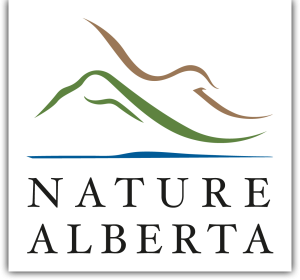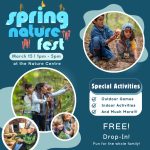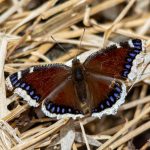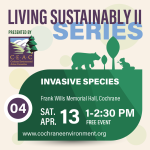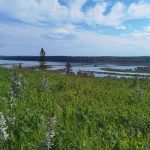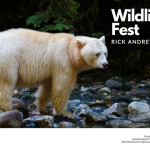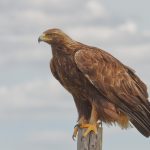News
Featured
Sorry, we couldn't find any posts. Please try a different search.
Recent
Nature Activities at Helen Schuler Nature Centre
Lethbridge, AB
Apr
Helen Schuler Nature Centre
Lethbridge, AB
Mar 15th, 1-5 PM
Weaselhead/Glenmore Park Preservation Society
Calgary, AB
Apr
Helen Schuler Nature Centre
Apr 22 – May 31
Launch Event: Apr 20
Lethbridge, AB
Cochrane Environmental Action Committee
Cochrane, AB
Apr 13
Weaselhead/Glenmore Park Preservation Society
Calgary, AB
Mar 16
Helen Schuler Nature Centre
Mar 17 – Mar 22
Lethbridge, AB
Alberta Invasive Species Council
Olds, AB
Mar 19
Nature Calgary
Online Presentation
Mar 6, 7:30 PM
North Saskatchewan Watershed Alliance
Online Presentation
Mar 6, 12-1 PM
